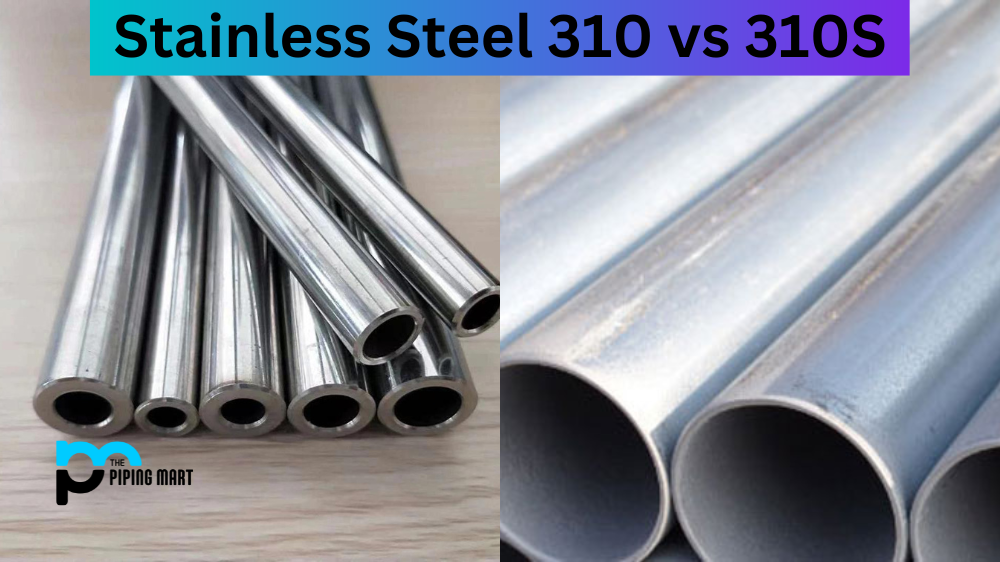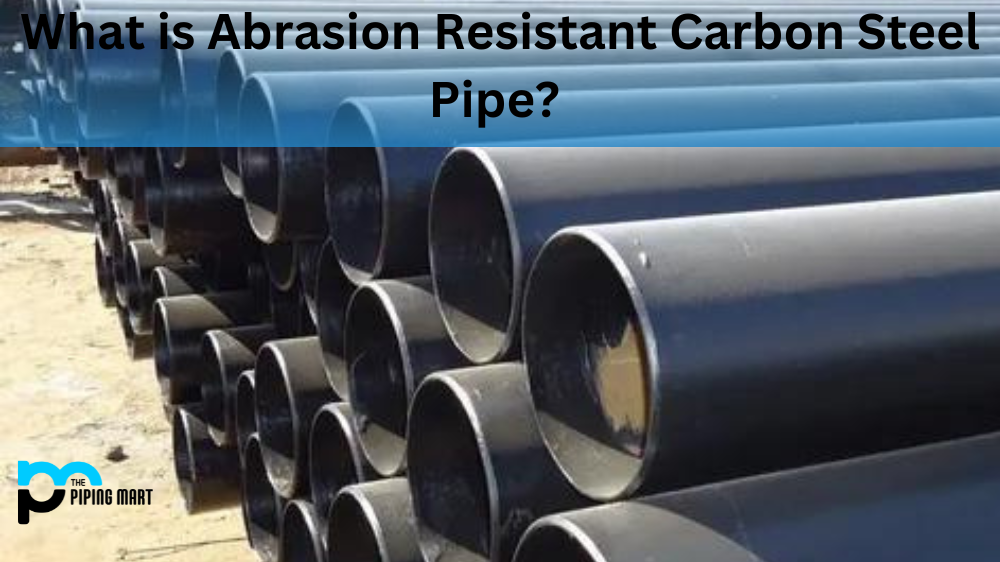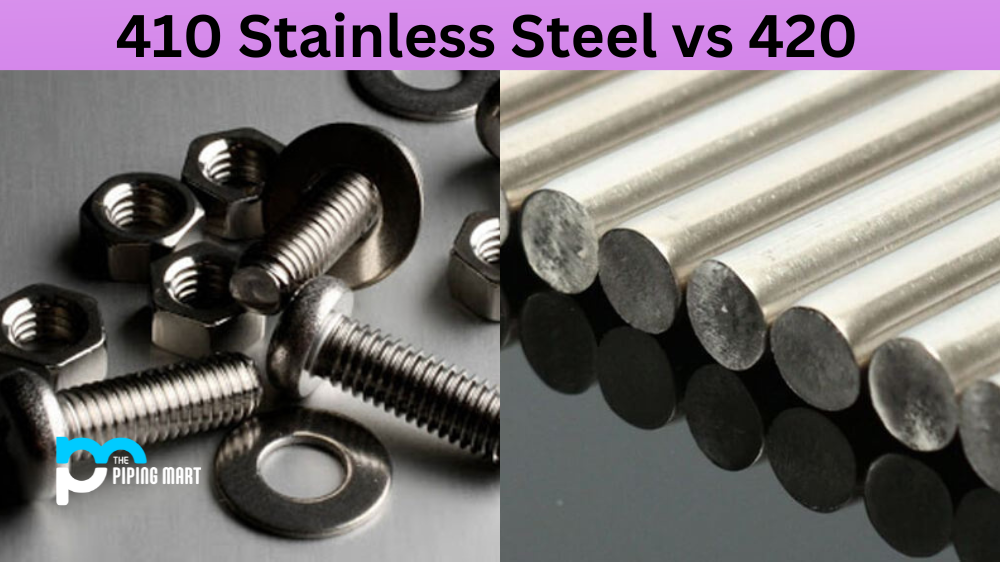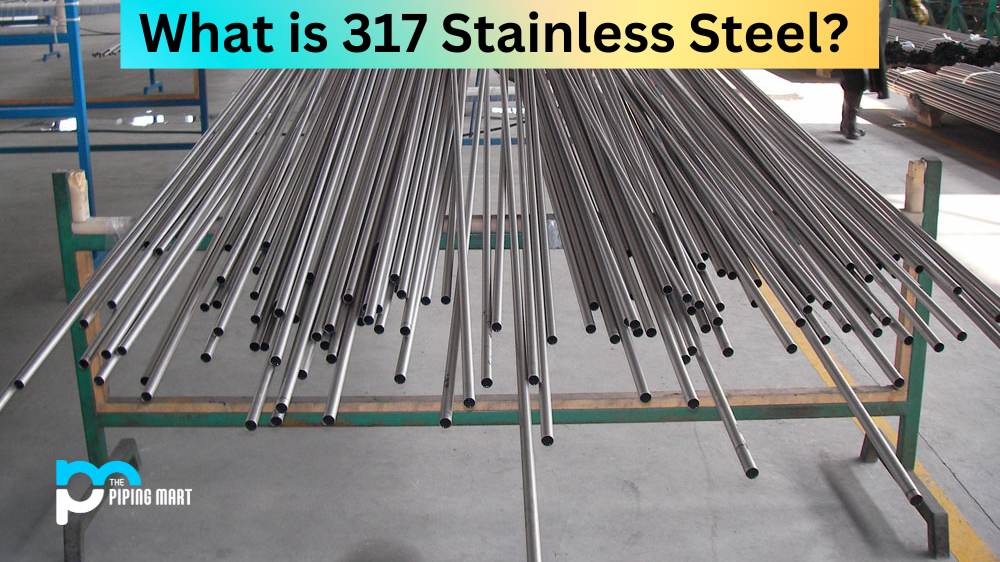Stainless steel is one of the most widely used materials in various industries. Due to its numerous advantages, it’s preferred in many applications, from food processing to aerospace. Stainless steel 310 and 310S are among the most popular choices in this field. But how do you know which one to choose? This blog post compares the two and helps you make the best decision.
What is Stainless Steel 310?
SS310 is an austenitic stainless steel composed of nickel, chromium and manganese. It offers good corrosion resistance and ductility for mechanical properties. SS310 has a melting point of 1402-1454°C, which allows it to be welded easily while providing excellent strength at high temperatures. The material is very resistant to oxidation in air and inert atmospheres, making it an ideal choice for applications such as cookware or firebrick lining. It can also be used in food processing operations due to its low carbon content, allowing the product to remain clean over long periods without corroding.
What is Stainless Steel 310S?
Stainless Steel 310S is a high alloy austenitic stainless steel with excellent oxidation resistance and strength. It has good corrosion resistance properties, making it suitable for many industrial applications, such as petrochemical processing, heat exchangers, and power plant construction. It offers superior performance in high-temperature environments and provides a long service life in most conditions.
Difference Between Stainless Steel 310 and 310S
Composition
Stainless steel 310 and 310S have almost identical compositions, but there’s one crucial difference. 310S has a maximum of 0.08% carbon content, while 310 has no specified maximum amount. The lower carbon content in 310S makes it more weldable and offers better corrosion resistance. Therefore, it’s often used in high-temperature environments.
High-Temperature Applications
Both 310 and 310S are suitable for use in high-temperature environments. However, 310S is usually preferred for its better resistance to thermal cycling. Its low carbon content makes it less prone to breakdown at high temperatures. As a result, it’s commonly used in applications such as furnace parts, kiln linings, and heat treatment facilities.
Chemical Resistance
310 and 310S are excellent in resisting corrosion by acids and alkalis, including common ones like sulfuric and hydrochloric acids. However, 310S has better resistance to aqueous corrosion. It’s more corrosion-resistant to water, steam, and other moist substances, making it ideal for industrial boilers and similar environments.
Heat Resistance
Both grades can maintain strength at high temperatures, but 310S is better than 310. The low-carbon content in 310S helps it resist oxidation and corrosion better. Therefore, it remains strong and durable even at temperatures exceeding 1,200 degrees Celsius. It’s often used in applications that involve heat treating, furnace components, and exhaust systems.
Conclusion
Stainless steel 310 and 310S have similar chemical compositions, but their carbon contents significantly differ. In applications where welding, corrosion resistance, and thermal cycling are the primary concerns, 310S is desirable. On the other hand, 310 is preferred where high-temperature applications require a higher carbon content. The choice between the two ultimately depends on the specific needs of your project. Understanding the subtle differences between the materials can help you select the best one for your application.

Abhishek is a seasoned blogger and industry expert, sharing his insights and knowledge on various topics. With his research, Abhishek offers valuable insights and tips for professionals and enthusiasts. Follow him for expert advice on the latest trends and developments in the metal industry.




